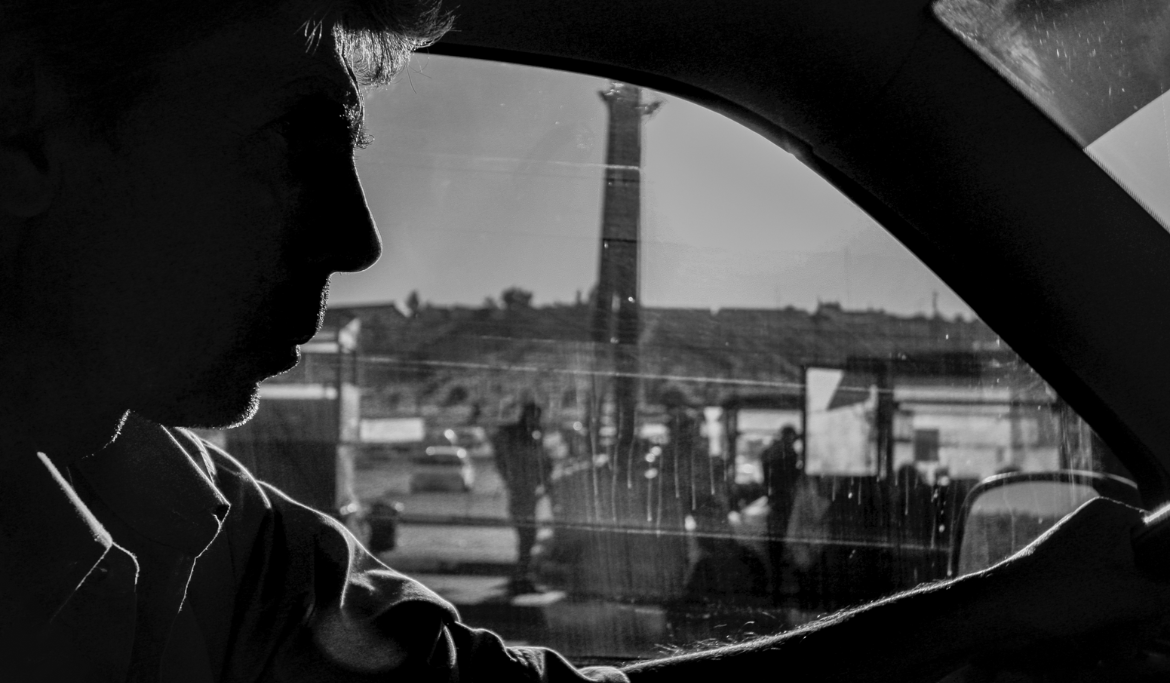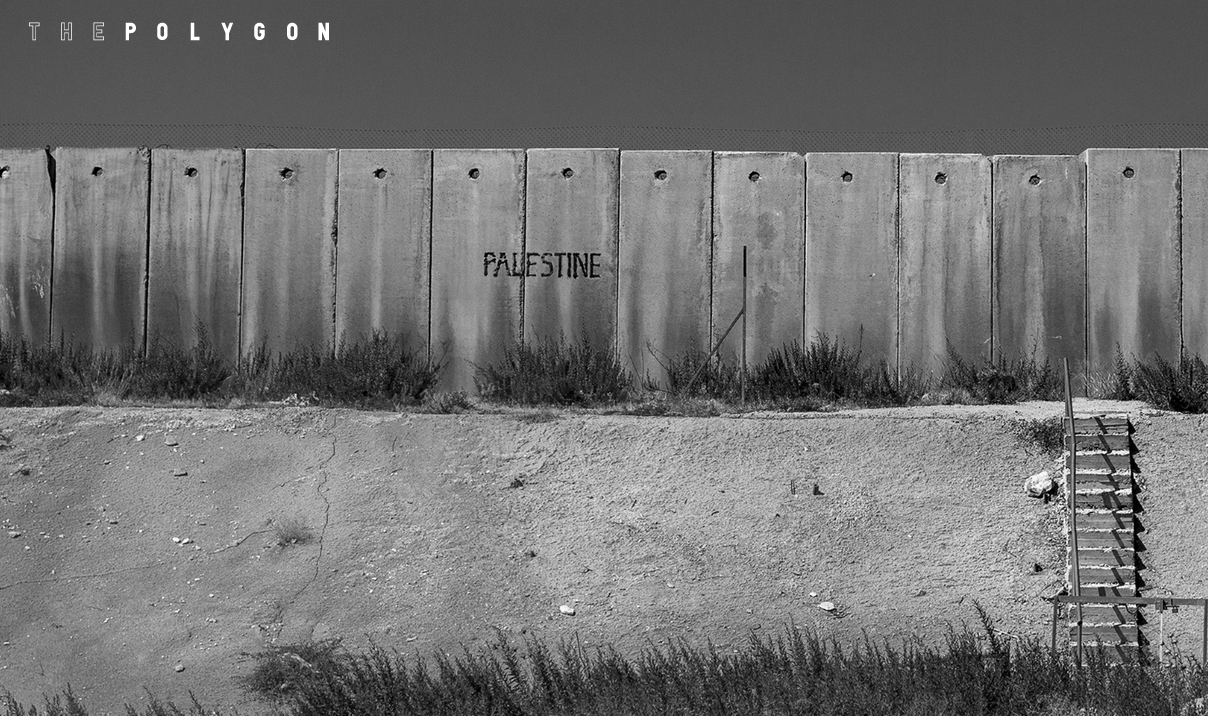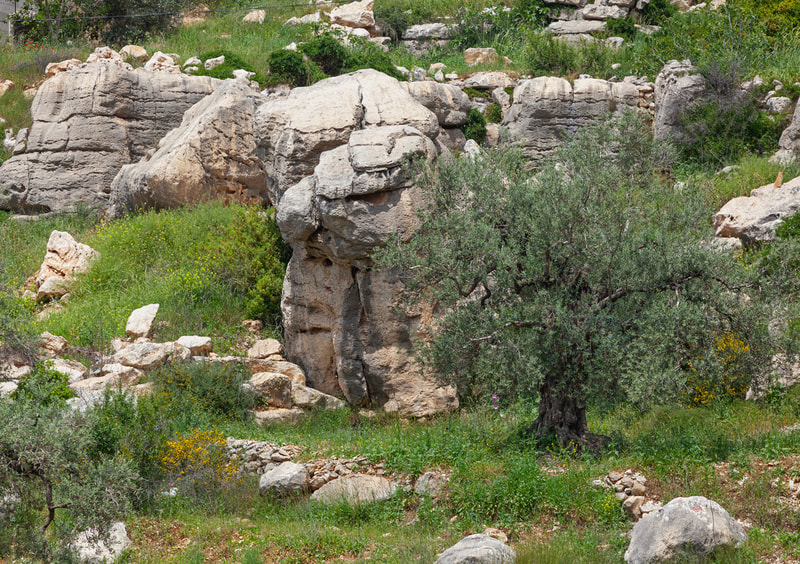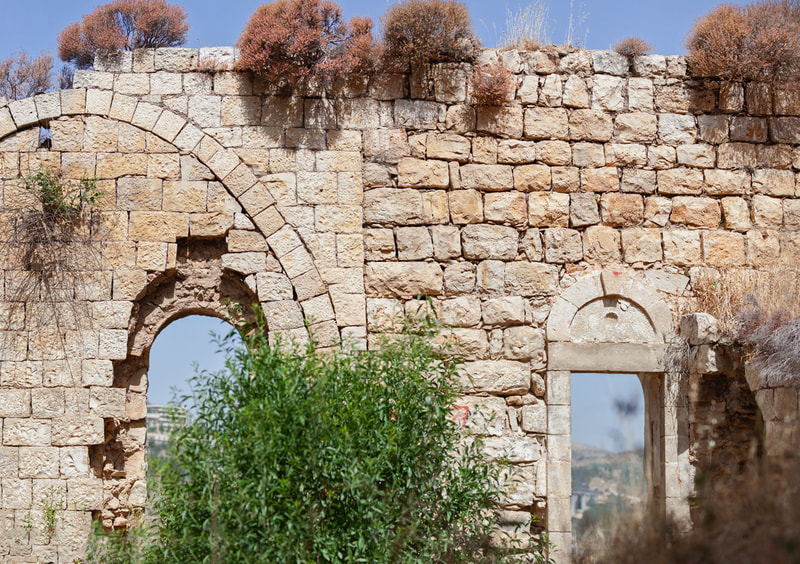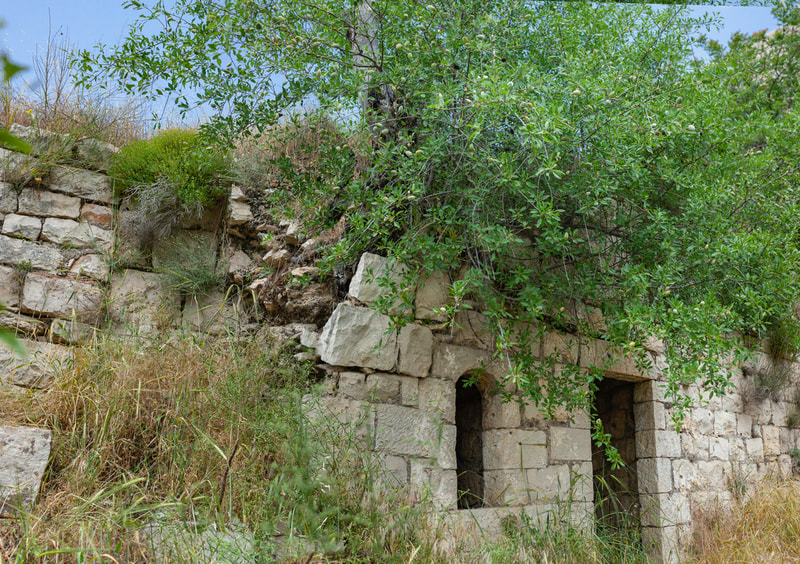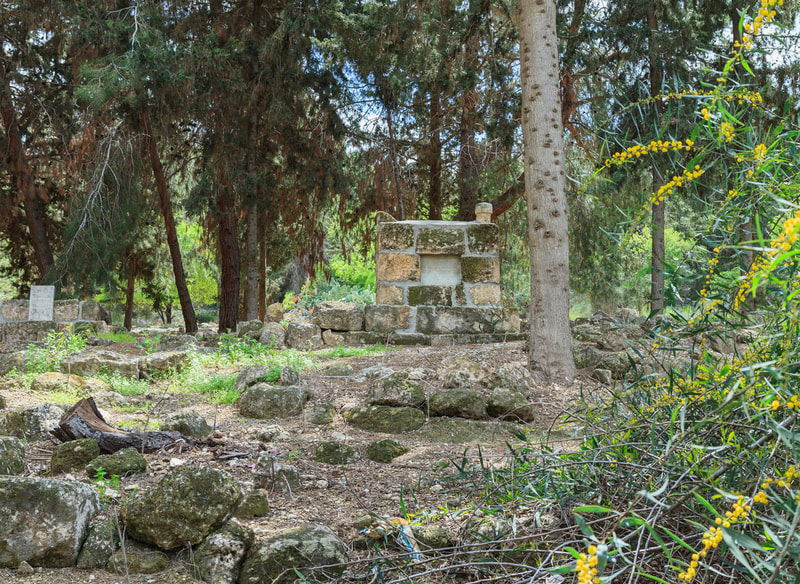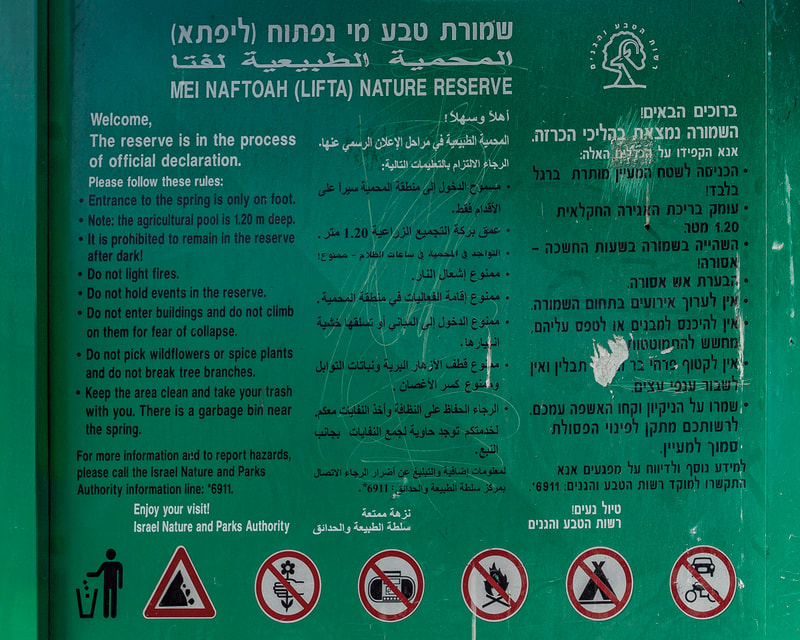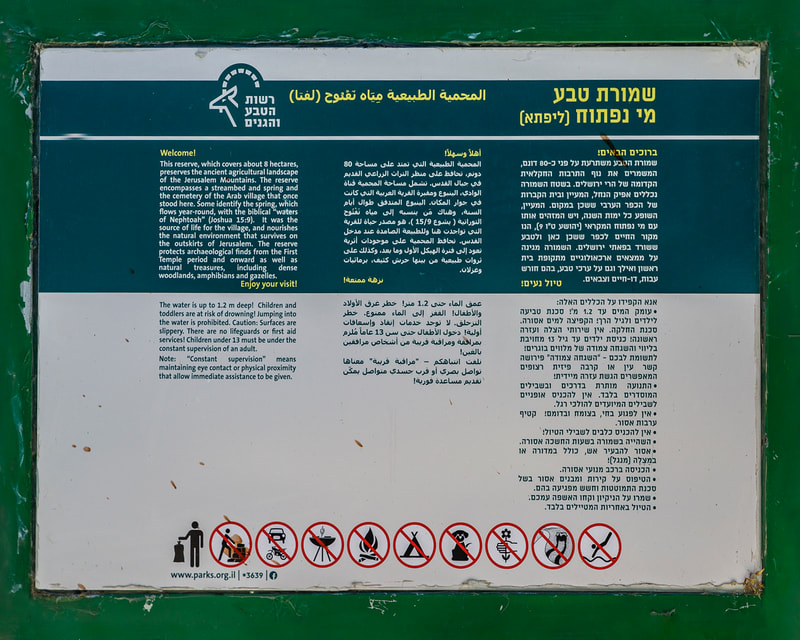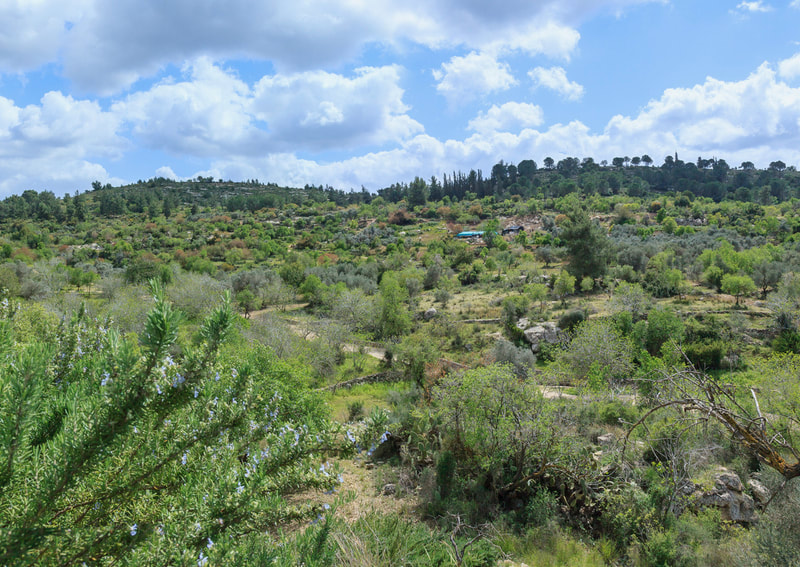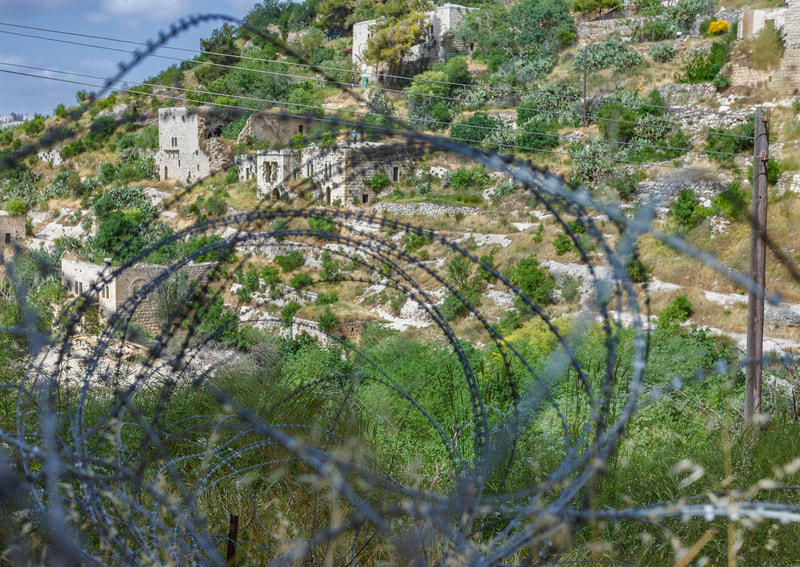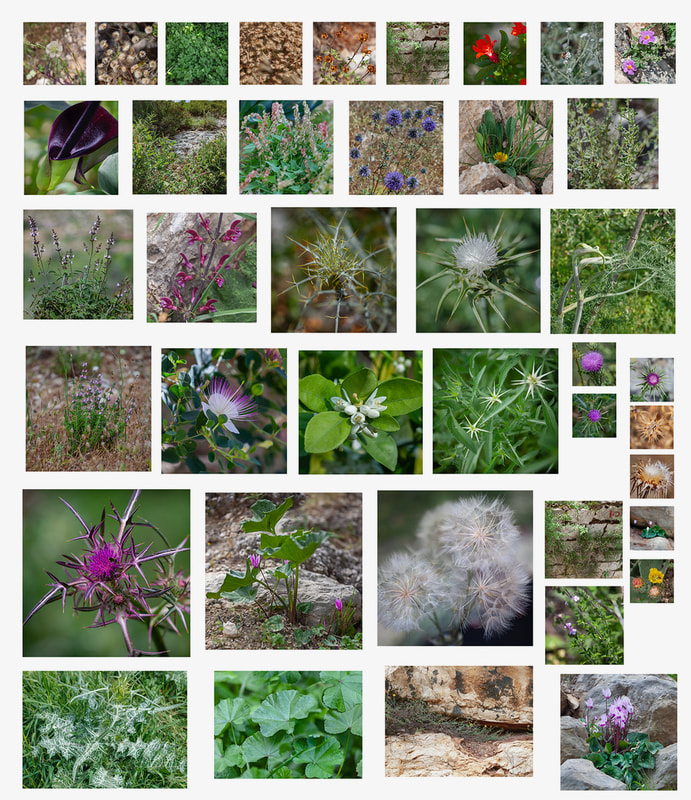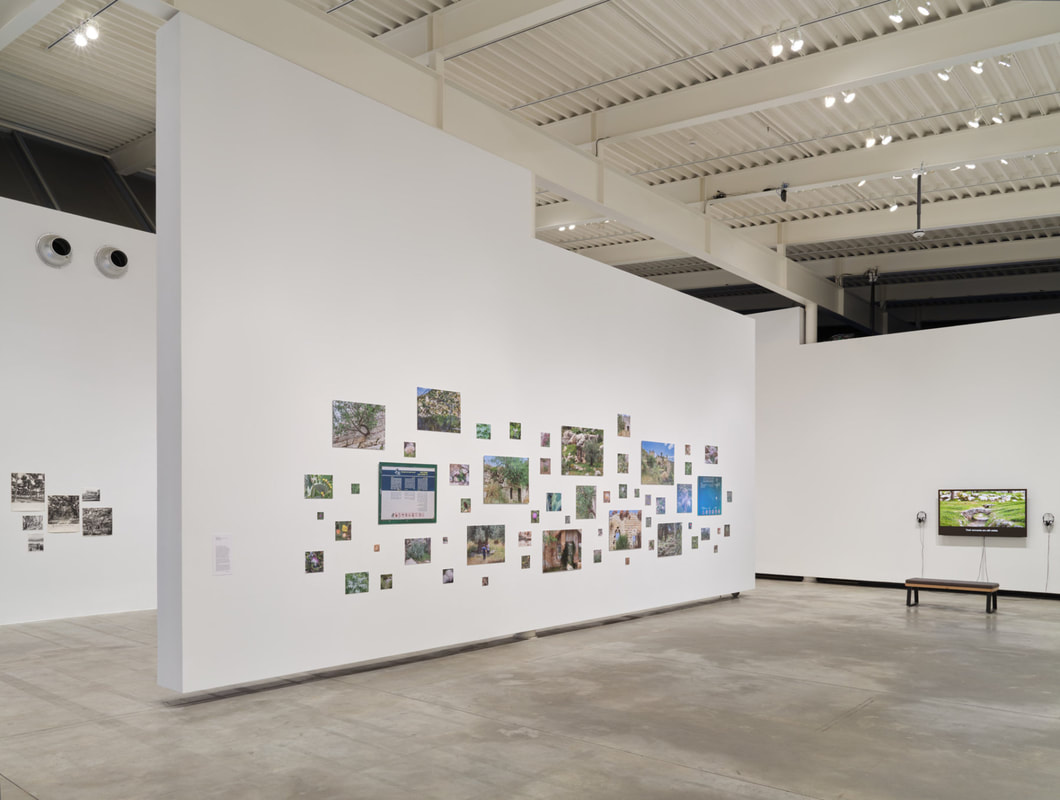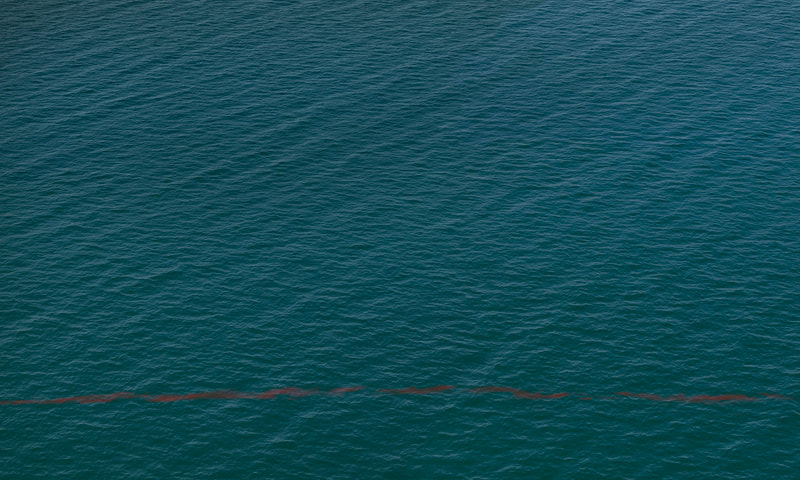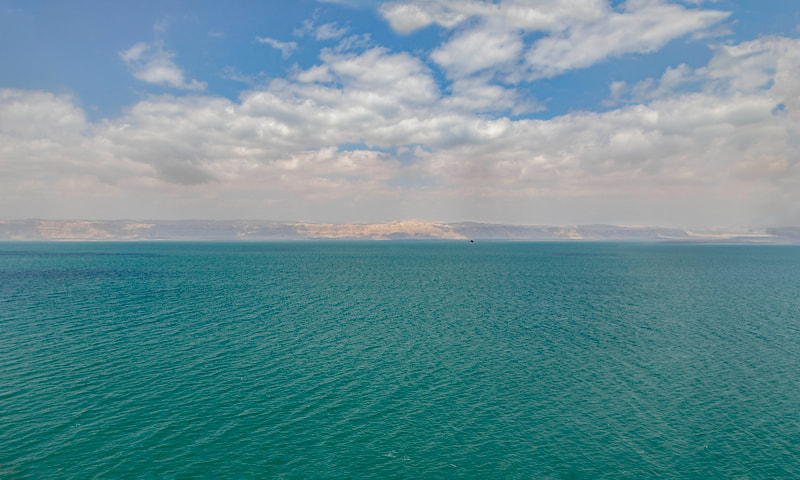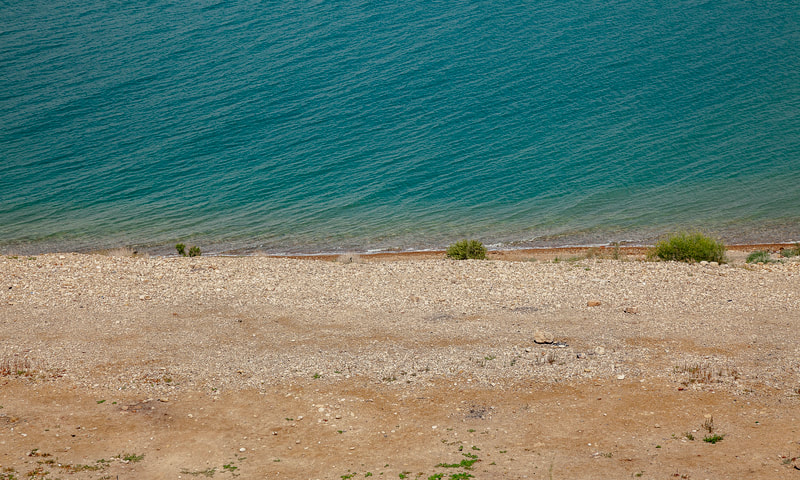Rehab Nazzal
Rehab Nazzal is a Palestinian-born multidisciplinary artist based in Montréal. Her work deals with the effects of settler-colonial violence on the bodies and minds of colonized peoples, on the land and on other non-human life. Nazzal’s video, photography and sound works have been exhibited in solo and group exhibitions across Canada and internationally. Dr. Nazzal was an assistant professor at Dar Al-Kalima University in Bethlehem and has taught at Simon Fraser University, Western University and Ottawa School of Art. She is a a Postdoctoral Fellow at Concordia University, and the recipient of several awards, including the Social Justice Award from Toronto Metropolitan University and the Edmund and Isobel Ryan Visual Arts Award in Photography from the University of Ottawa.
"My practice focuses on the effect of settler colonial violence on peoples, on land, and on other non-human life in colonized territories. In my multimedia work, I use video, photography, sound, and installation to create works that examine the image in relation to sound and the enduring human bodies as sites of oppression and sites of resistance. In my research-based processes, I employ various visual and sonic strategies that range between experimental, conceptual, and documentary.
Some of my major projects and short films, exhibited in Canada and internationally, include: the photography-sound installation Walking Under Occupation (2006- ), the photography-video exhibition Divide (2010), the multichannel video installation At Home (2012), and the multimedia installations Invisible (2014) and Choreographies of Resistance (2018), the second of which includes a photography book.
In addition to my teaching and practice, I have developed various critical community initiatives such as facilitating an art program for new immigrants in Ottawa (in conjunction with community and arts organizations including Library and Archives Canada and the Ottawa School Board). In another community project, I involved local communities in in-gallery projects in Toronto, London, ON, and Ottawa by inviting individuals from diverse backgrounds to create a collective artwork.
Current projects include Driving in Palestine, a photography-text book (Fernwood Publishing, 2023) an installation at Montréal, arts interculturels (MAI) September 7 - October 21, 2023. The second project, Sensing War- Vibrations, a short film about Deaf persons in the besieged Palestinian province of Gaza. The third project is a sound-animation project titled Sonic Torture, which focuses on the use of sound and music in torture of political prisoners.
As a practicing artist, activist, and educator, I consider critical thinking, engagement with the community and with nature to be central to the creative processes." (Rehab Nazzal)
Some of my major projects and short films, exhibited in Canada and internationally, include: the photography-sound installation Walking Under Occupation (2006- ), the photography-video exhibition Divide (2010), the multichannel video installation At Home (2012), and the multimedia installations Invisible (2014) and Choreographies of Resistance (2018), the second of which includes a photography book.
In addition to my teaching and practice, I have developed various critical community initiatives such as facilitating an art program for new immigrants in Ottawa (in conjunction with community and arts organizations including Library and Archives Canada and the Ottawa School Board). In another community project, I involved local communities in in-gallery projects in Toronto, London, ON, and Ottawa by inviting individuals from diverse backgrounds to create a collective artwork.
Current projects include Driving in Palestine, a photography-text book (Fernwood Publishing, 2023) an installation at Montréal, arts interculturels (MAI) September 7 - October 21, 2023. The second project, Sensing War- Vibrations, a short film about Deaf persons in the besieged Palestinian province of Gaza. The third project is a sound-animation project titled Sonic Torture, which focuses on the use of sound and music in torture of political prisoners.
As a practicing artist, activist, and educator, I consider critical thinking, engagement with the community and with nature to be central to the creative processes." (Rehab Nazzal)
driving in palestine - MAI
|
Sep 7 — Oct 21
presented in english + arabic MAI | Montréal, arts interculturels MAI | Montréal, arts interculturels 3680, rue Jeanne-Mance, suite 103 Montréal (Québec) Canada H2X 2K5 |
Palestinian-born and Montreal-based interdisciplinary artist Rehab Nazzal employs a variety of media to examine the devastating effects of settler-colonial violence on the Palestinian people, land and non-human life. Driving in Palestine is a multimedia installation that combines photography, video, printed matter, and sound to offer glimpses of Israel’s structures of segregation, confinement, surveillance and restriction to freedom of movement that proliferate the occupied West Bank. Captured from moving vehicles on Palestinian roads spanning 2010 to 2020, a decade of images compels viewers to question the link between suppression and debilitation of Indigenous people and the attempts to expropriate and destroy their land. Nazzal’s work reveals a regime that suffocates, surveils and controls the Palestinian’s mobility within and beyond their territories. It invites viewers to witness manifestations of this regime including the apartheid wall, military checkpoints, gates, fences, watchtowers, and roadblocks that Palestinians have had to navigate for the past 70 years.
Curatorial text by Stefan St-Laurent |
Book Launch: Driving In Palestine By Rehab Nazzal
|
August 20, 2023 at 6:00 PM The Polygon Gallery, in partnership with Or Gallery and the Morris and Helen Belkin Art Gallery, is pleased to present the West Coast launch of Driving in Palestine, a new photo book by artist Rehab Nazzal. Join us on Sunday, August 20th at 6pm for a conversation on this timely project between Nazzal and artist Jayce Salloum, featuring never-before-seen photographs from Nazzal's ongoing research, followed by a book signing. |
We, the Wild Plants and Fruit Trees, 2022
We – fig, olive, pomegranate, tout, cactus, za’atar,meriamiyeh, khubeze, kubbar, aqoub, louf, baqleh, khurfesh, khardal, kurreis – are integral to the well-being of the Earth and its inhabitants. For thousands of years, we have been cultivated and harvested by Indigenous communities using traditional methods that are in harmony with our environment. We provide food, medicine and spiritual nourishment. However, the ongoing practices of settler colonialism threatens our existence and the traditional ways of caring for us. Genocide, displacement and dispossession have devastated Indigenous populations and their relationship with the land. The privatization and commodification of land has further marginalized and oppressed Indigenous communities, reducing their access to the resources that we provide.
Instead of being valued for our inherent worth and the crucial role we play in sustaining life, we are often seen as mere objects to be exploited for profit. Settler colonial powers have turned our organic environment into recreation and tourism spaces, national parks and nature reserves, as well as quarrying and extraction sites and military bases. These practices prioritize land control and profit-making.
We – trees and plants in Palestine – have been enduring Western-made catastrophes over the past hundred years. "Canada Park" and the depopulated village of Lifta are but two examples of what over five hundred sites have experienced. We have persevered despite efforts to erase us. We continue to grow and spread our seeds, finding strength and hope through the cracks of oppression and injustice. We await the return of the refugees who once tended to us, ready to be restored.
-Rehab Nazzal
Instead of being valued for our inherent worth and the crucial role we play in sustaining life, we are often seen as mere objects to be exploited for profit. Settler colonial powers have turned our organic environment into recreation and tourism spaces, national parks and nature reserves, as well as quarrying and extraction sites and military bases. These practices prioritize land control and profit-making.
We – trees and plants in Palestine – have been enduring Western-made catastrophes over the past hundred years. "Canada Park" and the depopulated village of Lifta are but two examples of what over five hundred sites have experienced. We have persevered despite efforts to erase us. We continue to grow and spread our seeds, finding strength and hope through the cracks of oppression and injustice. We await the return of the refugees who once tended to us, ready to be restored.
-Rehab Nazzal
Rehab Nazzal, We, the Wild Plants and Fruit Trees, 2022 (centre) and Canada Park, 2015 (right). Photo: Rachel Topham Photography
The Willful Plot
Belkin Art Gallery
13 Jan - 16 Apr 2023
The Willful Plot brings together artists’ practices to expand the notion of the garden as a site of tension between wild and cultivated, temporal and perpetual, public and private, sovereign and colonized. Here, the garden is considered by the artists not only as a delineated patch of earth, but as a story and a will to drive that story to complicate the way in which cultures and individuals see themselves in relation to ecology, sociality, belief and possibility. It is an opportunity to look at human relationships with land, flora, fauna and their interrelatedness. In its willfulness, the resistance garden is a counter-site, a heterotopia for alternative cultivation and potential transformation. Artists include Derya Akay and Vivienne Bessette, Gabi Dao, Derek Jarman, Charmian Johnson, Glenn Lewis, Mike MacDonald, Rehab Nazzal and Dana Qaddah.
The complexities of resistance and “…willfulness as audacity, willfulness as standing against, willfulness as creativity” (borrowing from scholar Sara Ahmed’s thinking in Willful Subjects) are articulated through works that use the garden as a site of cultural defiance and reclamation. From Mike MacDonald’s quiet technological focus on threatened traditional medicines as part of the endangered cultural practices of Indigenous peoples to Derek Jarman’s film shot in and around his visionary garden that was created in the face of his own mortality, these works activate possibility in the face of loss.
Countering notions of the garden as a site of nostalgia, Gabi Dao’s film and collage work explores the garden as reparative, a site of decomposition and recomposition that can support and regenerate history. Rehab Nazzal’s photography and film give agency to the wild plants that grow through ruined Palestinian villages and connect people to the land, even as parks and gardens are created as political claims. Dana Qaddah’s photographic focus on a Beirut rooftop is a site of social and vegetal cultivation for specific bodies that would otherwise have limits on their gathering.
The politics of communality is embedded in Derya Akay and Vivienne Bessette’s relational work with gardens as part of a larger resistance to development, outsourcing, individuation, speed and as a site to better entangle human and all other life. Gardens create links across time and cultures that connect the human desire to make sense of the earthly in relation to the cosmos. Over five decades, Glenn Lewis has photographed and created gardens in an investigation of paradisial symbolism. The symbolic stages of the garden, an allegory of the cycles of life (and death), cannot be untangled from the climate crisis. Charmian Johnson’s careful study of plant life through drawing offers another space of time in line with her subjects. If the garden is a site and a practice analogous to the studio, it exists within and beyond the logics of human time, holding its own agency, yielding non-linear narratives that give and take, fruit and compost, persist and disappear.
The Willful Plot is curated by Melanie O’Brian and made possible with the generous support of the Canada Council for the Arts, the Province of British Columbia through the BC Arts Council and our Belkin Curator’s Forum members. The Willful Plot is part of the 2023 Capture Photography Festival Selected Exhibition Program.
Belkin Art Gallery
13 Jan - 16 Apr 2023
The Willful Plot brings together artists’ practices to expand the notion of the garden as a site of tension between wild and cultivated, temporal and perpetual, public and private, sovereign and colonized. Here, the garden is considered by the artists not only as a delineated patch of earth, but as a story and a will to drive that story to complicate the way in which cultures and individuals see themselves in relation to ecology, sociality, belief and possibility. It is an opportunity to look at human relationships with land, flora, fauna and their interrelatedness. In its willfulness, the resistance garden is a counter-site, a heterotopia for alternative cultivation and potential transformation. Artists include Derya Akay and Vivienne Bessette, Gabi Dao, Derek Jarman, Charmian Johnson, Glenn Lewis, Mike MacDonald, Rehab Nazzal and Dana Qaddah.
The complexities of resistance and “…willfulness as audacity, willfulness as standing against, willfulness as creativity” (borrowing from scholar Sara Ahmed’s thinking in Willful Subjects) are articulated through works that use the garden as a site of cultural defiance and reclamation. From Mike MacDonald’s quiet technological focus on threatened traditional medicines as part of the endangered cultural practices of Indigenous peoples to Derek Jarman’s film shot in and around his visionary garden that was created in the face of his own mortality, these works activate possibility in the face of loss.
Countering notions of the garden as a site of nostalgia, Gabi Dao’s film and collage work explores the garden as reparative, a site of decomposition and recomposition that can support and regenerate history. Rehab Nazzal’s photography and film give agency to the wild plants that grow through ruined Palestinian villages and connect people to the land, even as parks and gardens are created as political claims. Dana Qaddah’s photographic focus on a Beirut rooftop is a site of social and vegetal cultivation for specific bodies that would otherwise have limits on their gathering.
The politics of communality is embedded in Derya Akay and Vivienne Bessette’s relational work with gardens as part of a larger resistance to development, outsourcing, individuation, speed and as a site to better entangle human and all other life. Gardens create links across time and cultures that connect the human desire to make sense of the earthly in relation to the cosmos. Over five decades, Glenn Lewis has photographed and created gardens in an investigation of paradisial symbolism. The symbolic stages of the garden, an allegory of the cycles of life (and death), cannot be untangled from the climate crisis. Charmian Johnson’s careful study of plant life through drawing offers another space of time in line with her subjects. If the garden is a site and a practice analogous to the studio, it exists within and beyond the logics of human time, holding its own agency, yielding non-linear narratives that give and take, fruit and compost, persist and disappear.
The Willful Plot is curated by Melanie O’Brian and made possible with the generous support of the Canada Council for the Arts, the Province of British Columbia through the BC Arts Council and our Belkin Curator’s Forum members. The Willful Plot is part of the 2023 Capture Photography Festival Selected Exhibition Program.
A Dead Sea Series, 2012
Juxtaposed in two opposing panels, these images capture the Dead Sea,(the lowest land on earth) from both sides, the Palestinian and the Jordanian. While the water is visible in the Jordanian side, it is invisible in the Palestinian side as Palestinians are prohibited by the Israeli occupation authorities to access their water sources. While visiting my home country in 2008 and 2010, the military occupation forces prevented me from accessing the site of the Dead Sea. I turned my lens to what was visible; the mountains and hills dotted with military structures and weapons installations. To be able to see the water, I crossed the borders to Jordan and captured the Sea from there.
The work intends to shed light on a common feature of settler colonial regimes, that is the attempts to control indigenous land and water and rupture the human relations to nature.
